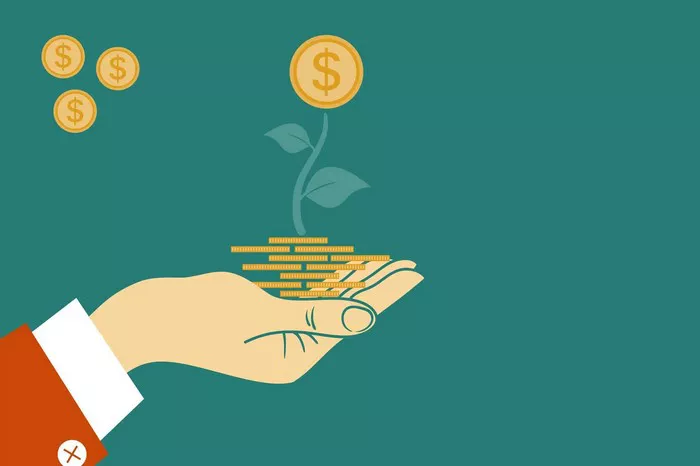China’s export growth surged to its fastest pace since July 2022 in October, providing a significant boost to the country’s economy. However, the continued strength in exports may be at risk due to the looming threat of trade tensions with the United States, particularly under the potential return of former President Donald Trump.
Exports in October rose by 12.7% year-on-year to $309 billion, far surpassing forecasts from economists. Imports, on the other hand, declined by 2.3% to $213 billion, resulting in a trade surplus of $96 billion—the third-largest monthly surplus on record.
This robust export performance has helped offset domestic demand weaknesses. However, it has also ignited a backlash in several global markets, including the US, South America, and Europe, against the influx of low-cost Chinese goods. In response, an increasing number of countries have implemented or raised tariffs on products like steel and electric vehicles.
Zhang Zhiwei, President and Chief Economist at Pinpoint Asset Management, suggests that exporters may be accelerating shipments to prepare for the possible impact of a future trade war. “This may partly be driven by exporters attempting to front-load shipments to mitigate potential disruptions next year,” Zhang said. He further noted that while modest improvements in the domestic economy could continue in the fourth quarter, China cannot rely solely on exports to drive its economic growth amid potential trade tensions.
In particular, exports to the United States rose 8.1% in October, marking the strongest growth in three months. Shipments to other regions also saw robust increases, including double-digit growth to ASEAN nations, the European Union, South Africa, and Brazil. Exports to Russia saw a significant boost of nearly 27%, the highest growth recorded this year.
The uncertainty surrounding Donald Trump’s potential return to the White House only adds to the complications. Trump has threatened to impose tariffs of up to 60% on Chinese goods, a measure that Bloomberg Economics warns could devastate trade between the two largest economies in the world. Such barriers would force China to find alternative markets for the products it currently exports to the US, which accounted for $500 billion in goods last year—roughly 15% of China’s total exports.
Bloomberg Economics analysts note the urgency for China’s policymakers to intensify domestic stimulus efforts, as the global economy slows and new tariff threats loom. Zichun Huang, China Economist at Capital Economics, acknowledges the potential impact of these tariffs on China’s export sector but believes emerging markets could help offset some of the expected decline in demand from the US. Huang estimates that these tariffs could reduce export volumes by approximately 3%, with the full impact not expected until the latter half of 2025.
Despite these uncertainties, the rapid growth in exports could help China achieve its growth target of approximately 5% this year, even before Beijing’s comprehensive stimulus measures take effect. Over the past six weeks, the government has introduced various measures to support the economy, including direct interventions in the stock and housing markets, and is expected to provide further financial assistance to indebted local governments in the near future.
However, challenges remain as many industries in China continue to grapple with overcapacity, leading to price cuts and falling export prices. This trend mirrors the ongoing decline in domestic producer prices, which has heavily impacted industrial profits. Historically, October has been a weaker month for exports, but this year’s growth was partly fueled by a low base from October 2023, when shipments fell nearly 7%.
In summary, while China’s export performance provides short-term economic relief, the potential return of trade friction under a Trump administration presents significant risks to the sustainability of this growth. As the government looks to stimulate domestic demand, the future trajectory of China’s economy hinges on its ability to navigate these external and internal challenges.
Related topics:


